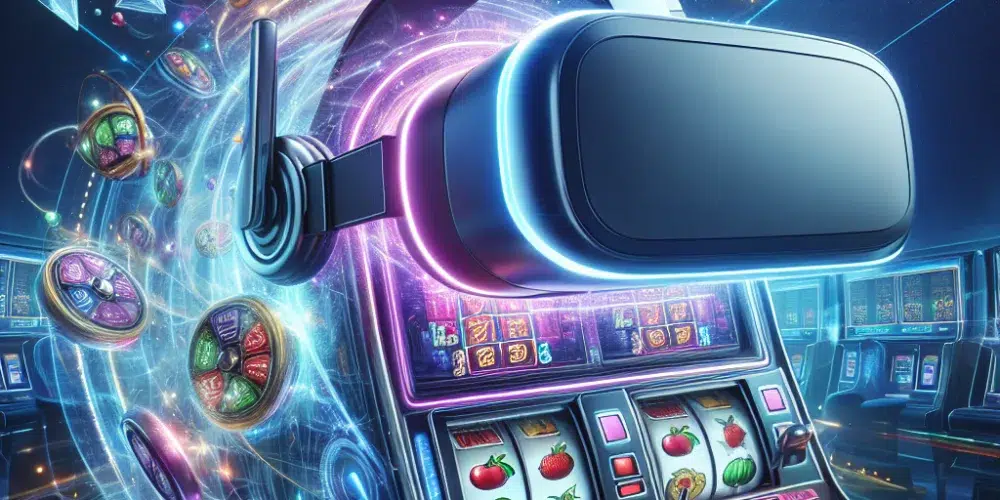In an industry where innovation is key to customer retention and satisfaction, the casino world is witnessing a monumental shift towards immersive technologies. Among these, Virtual Reality (VR) slots are fast becoming a game-changer, redefining user experience and setting a new standard for personal engagement in digital gaming.
The Rise of Virtual Reality Slots
The traditional slot machine, a long-standing staple in casinos worldwide, is undergoing a transformation. With VR technology, players are not just pulling a lever or pressing a button; they are stepping into a completely immersive environment that mimics the thrill and atmosphere of a physical casino. This transition marks a significant step forward in how technology is used to enhance the gambling experience.
Player Immersion and Interaction
One of the pivotal aspects of VR slots is the depth of player immersion. Through VR headsets and synchronized technology, users can experience a 360-degree casino environment from the comfort of their homes. Graphics and audio are leveraged to replicate the sounds of machines and chatter, which are synonymous with a casino floor.
The Tech Behind the Trend
The technology powering VR slots is as innovative as the gameplay itself. Advanced VR headsets such as Oculus Rift, HTC Vive, and Sony PlayStation VR are making waves in the gaming community, supported by powerful PCs or consoles to handle detailed graphics and responsive interfaces. The development of VR slots involves detailed 3D modeling and real-time computing to ensure a seamless and interactive gaming experience.
Game Mechanics and Design
At the heart of VR slots’ appeal is their enhanced game mechanics. Designers are incorporating elements that allow players to interact with the game in ways previously limited to video games or high-concept simulations.
Enhanced Game Features
With VR, the features of traditional slots, such as spinning reels and bonus rounds, become more engaging and interactive. Developers are integrating gesture recognition and motion controls, allowing players to “touch” and manipulate virtual slot machines. This tangibility is something that traditional online slots cannot replicate.
The Role of Game Designers
Game designers are crucial in crafting these complex environments. They work to create not only visually appealing slot games but also engaging narratives that envelop the player. The focus goes beyond simple aesthetics to deliver a storytelling element that deepens the user’s investment in the game.
Future Implications and Trends
As VR technology becomes more accessible and cost-effective, its adoption within the online gambling sector is projected to increase, influencing how casinos innovate and market their games.
Market Expansion and Accessibility
With advancements in technology and decreasing costs of VR equipment, a broader audience is beginning to access this type of gaming. Online platforms are optimizing their games for VR, ensuring a wider reach and continuous growth in user bases.
Regulatory Considerations
The adaptation of VR in gambling also brings forward new regulatory challenges. Ensuring fair play and preventing addiction in such an immersive environment are critical concerns that regulators and developers must address to fully realize VR slots’ potential.
Conclusion
Virtual Reality slots are setting a new benchmark in the casino industry, offering a level of immersion and interaction that promises to attract the next generation of gamblers. While there are challenges to overcome, particularly in terms of regulation and technology integration, the potential for VR slots to revitalize the gaming market is undeniable. As this technology continues to evolve, it paves the way for more innovative and engaging gaming experiences, forever changing the landscape of casino gaming.



